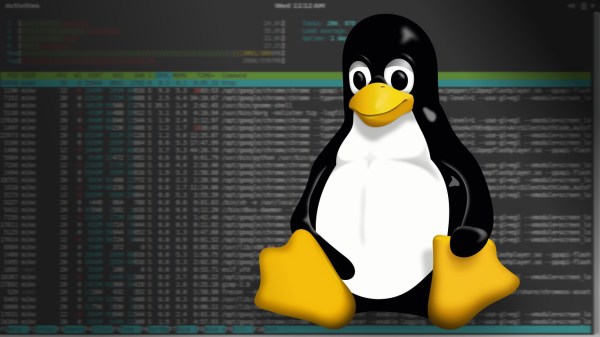[Hans Nielsen] has a couple roommates, and his garage has become a catch-all for various items. And like any good hacker’s garage, it boasts an IoT controlled garage door opener. It had a problem though, it used a Particle Photon – a popular IoT board that required internet access and a web server to operate. So [Hans] raided his roommate’s spare parts bin and set-forth to rebuild it!
One of his main goals was to make something that did not require internet access to operate. Anyone connected to the local WiFi should be able to open and close the door via a web interface, and he would give our good friend [Linus Torvalds] a call to make it happen. The key component in the build is the C.H.I.P SBC that made the news a while back for being ridiculously cheap.
Be sure to check out [Han’s] blog if you’re at all interested in working with the C.H.I.P. He does a fantastic job of documenting the ins and outs of getting a project like this working.















